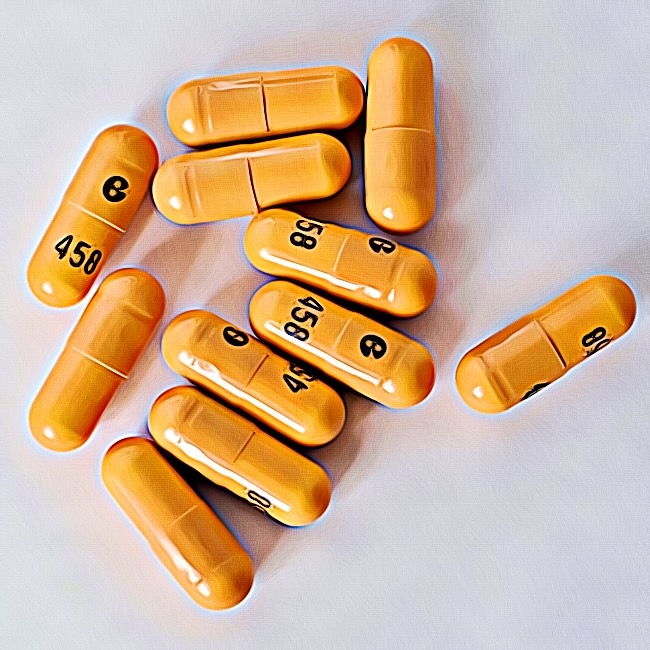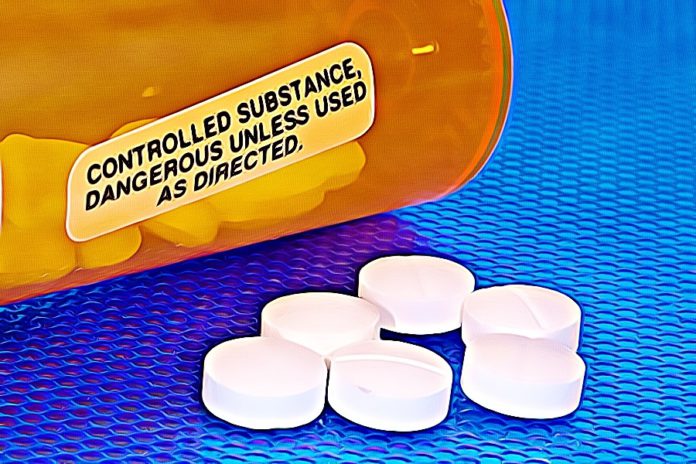Life cannot be without pain. If you were to try to find someone completely happy and who has never struggled with pain, you won’t succeed because it is an inevitable part of living. Through pain, people learn, grow, and evolve to become someone better. However, that’s not to say that suffering is good for you or is it healthy!
For people living with unbearable pain, it can be challenging to experience happiness or comfort. Whether your pain has just come on or you’ve been living with it for years, it has an immediate effect on your mental and physical health.
When you constantly have to deal with an insurmountable amount of pain, simple activities like walking, running, bathing, or gardening can be difficult and even impossible. When your pain is so great that it restricts you from becoming the person you want to be and experience life how you want, it’s crucial to receive the proper treatment to reduce it.
Is Gabapentin a Narcotic?
Gabapentin is a medicine used to treat seizures and some types of pain. This drug was introduced 28 years ago, which is relatively new for medications, so its mechanism of action and side effects are still being researched.
What we currently know about gabapentin is that it impacts the GABA neurochemical, but it doesn’t seem to manipulate receptors related to opioids and other common substances of abuse.
To put it frankly, gabapentin is a non-narcotic pain medication, thought to work by preventing excitation in the brain and altering brain chemicals associated with the perception of pain. Although this drug has FDA approval after passing several safety tests, it’s crucial to note that it carries certain risks.
What Is Gabapentin Used For?
Gabapentin capsules, tablets, and oral solution is a drug that has helped individuals with various conditions when taken with other medications. Some conditions gabapentin is meant to treat include the following:
- Seizures
Gabapentin treats partial seizures in people with epilepsy. Rather than taken alone, it’s consumed together with other seizure medications in children three years of age and adults.
- Postherpetic Neuralgia
This condition is the most common complication of shingles, which affects nerve fibers and skin. The nerve damage leads to a rash that leaves burning pain, lasting long after the blisters and rash of shingles disappear. To relieve the pain from postherpetic neuralgia, gabapentin may be used in combination therapy.
- Migraine Headaches
Although gabapentin was originally an antiepileptic drug, it can also be used to treat patients with migraines, as long as they’re taken with the correct dose.

Side Effects of Gabapentin
Some of the most common side effects of gabapentin include:
- Double vision
- Tremors
- Memory loss
- Unsteadiness
- Sleepiness
- Ataxia
- Fatigue
- Drowsiness
- Nausea
- Difficulty speaking
- Jerky movements
These side effects may go away over time with regular use, but some side effects persist, make sure to call your doctor. If you experience severe drug reactions or worsening symptoms below, seek emergency medical attention to avoid life-threatening problems.
- Confusion, extreme drowsiness, or weakness
- Unusual or involuntary eye movements
- Increased seizures
- Weak or shallow breathing
- Blue-colored skin, lips, fingers, and toes
- Mood or behavior changes
- Aggressiveness
- Suicidal thoughts
To help avoid the severe side effects of gabapentin, make sure to give your doctor a list of all the current medicines you’re taking. Informing your doctor helps determine whether some of your prescriptions could react negatively with gabapentin and whether you should take it.
Managing Pain With Medications
You won’t run out of ways to find strategies to manage pain—meditation, positive thinking, and other techniques have been proven to alleviate pain. However, since pain involves the mind and body, mindfulness exercises can’t permanently relieve discomfort.
Besides psychological therapies, community support groups, and mind and body techniques, some individuals are recommended by their doctors to take pain medicines regularly to improve their quality of life.
Pain medications have definitely changed the game; they have been instrumental in the lives of people dealing with chronic pain and illnesses. With the proper doses, pain medication allows people to control their pain better, improve their feelings and function, and create more meaningful and beneficial relationships.
The benefits pain medications bring are nearly endless, but they are drugs at the end of the day, so you must take them with caution. As with other prescriptions, pain medication also includes risks that may negatively affect your life.
People who have been prescribed medications such as gabapentin may feel a bit apprehensive about taking it because it could be addictive, as some pain-relieving drugs contain opiates and even narcotics.
On Gabapentin Misuse
Gabapentin’s ability to address a variety of ailments has made it one of the most popular prescription medications in America, being the fifth-most prescribed drug in the country. Unfortunately, since it can be used with other medications, gabapentin can cause widespread harm and addiction despite its low abuse potential.
As with FDA-approved medications, gabapentin can also be used for purposes other than legitimate medical conditions. Although gabapentin isn’t listed as a controlled substance by the United States Drug Enforcement Administration, it has been classified as a Schedule V medication in Tennessee, West Virginia, and Kentucky.
For those who want to experience euphoria or “high” cannabis gives, gabapentin has been found to provide a similar experience. Abusing gabapentin could increase the effects of opioids, increasing sociability, calmness, and zombie-like feelings.
The Risk of Addiction
Since gabapentin works well as pain medication, anticonvulsant, and sedative, it may be prescribed for purposes other than what was mentioned. Despite claims of the drug being safe and unlikely to be misused, it has been abused by certain people, such as alcoholics reducing their withdrawal symptoms.
To avoid further harming one’s health and livelihood, it’s crucial to spot the signs of misuse early on and receive the necessary medical care. People recovering from or struggling from opioid abuse are especially susceptible to the effects of gabapentin misuse, as it could hamper their progress.
Signs of Gabapentin Addiction
Gabapentin misuse can be dangerous, causing a series of life-disrupting effects. Those who are abusing or taking gabapentin in excess may experience the following signs:
- Anxiety
- Difficulty speaking
- Inability to feel pleasure
- Forgetfulness
- Drowsiness
- Tremors
- Dizziness
- Suicidal thoughts and/or behaviors
- Depression
- Dizziness
- Poor coordination
Once you notice any of the symptoms above and other red flags, such as an abundant number of pill bottles, you must reach out to a doctor immediately. Failed treatment of gabapentin misuse can lead to physical dependency wherein the body will only function normally if the drug is present.
If you find yourself or someone you know misusing gabapentin, it’s not recommended to discontinue taking it abruptly, you may experience withdrawal symptoms one to two days after you suddenly stop taking it. If you want to stop taking gabapentin or wish to recover from addiction, you shouldn’t attempt to do it all alone.
Conclusion
Since its development in 1993, gabapentin has proved to be an essential medication in treating various conditions. However, the drug isn’t without risks. Even though gabapentin has a low abuse potential, it’s still important to be mindful when taking it. In case of misuse or addiction to gabapentin, make sure to contact your doctor and reach out to an addiction center near you.
Sources:
https://medlineplus.gov/druginfo/meds/a694007.html
















